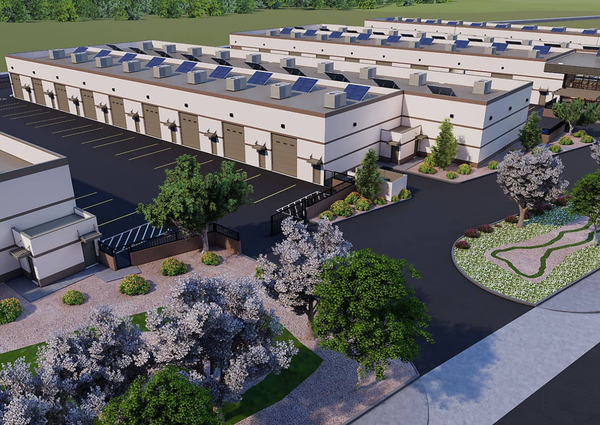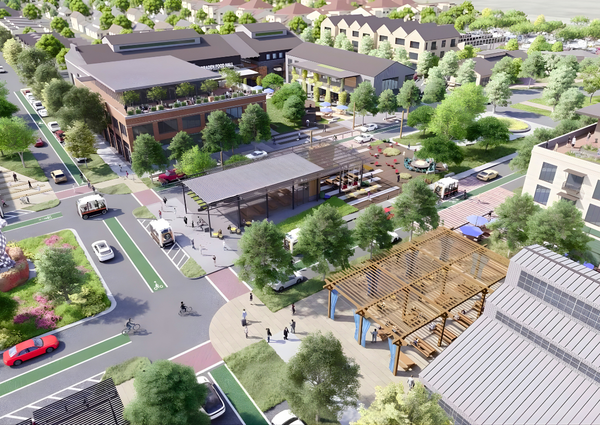Sacramento City Council opposes County’s Upper Westside plan ahead of key vote.
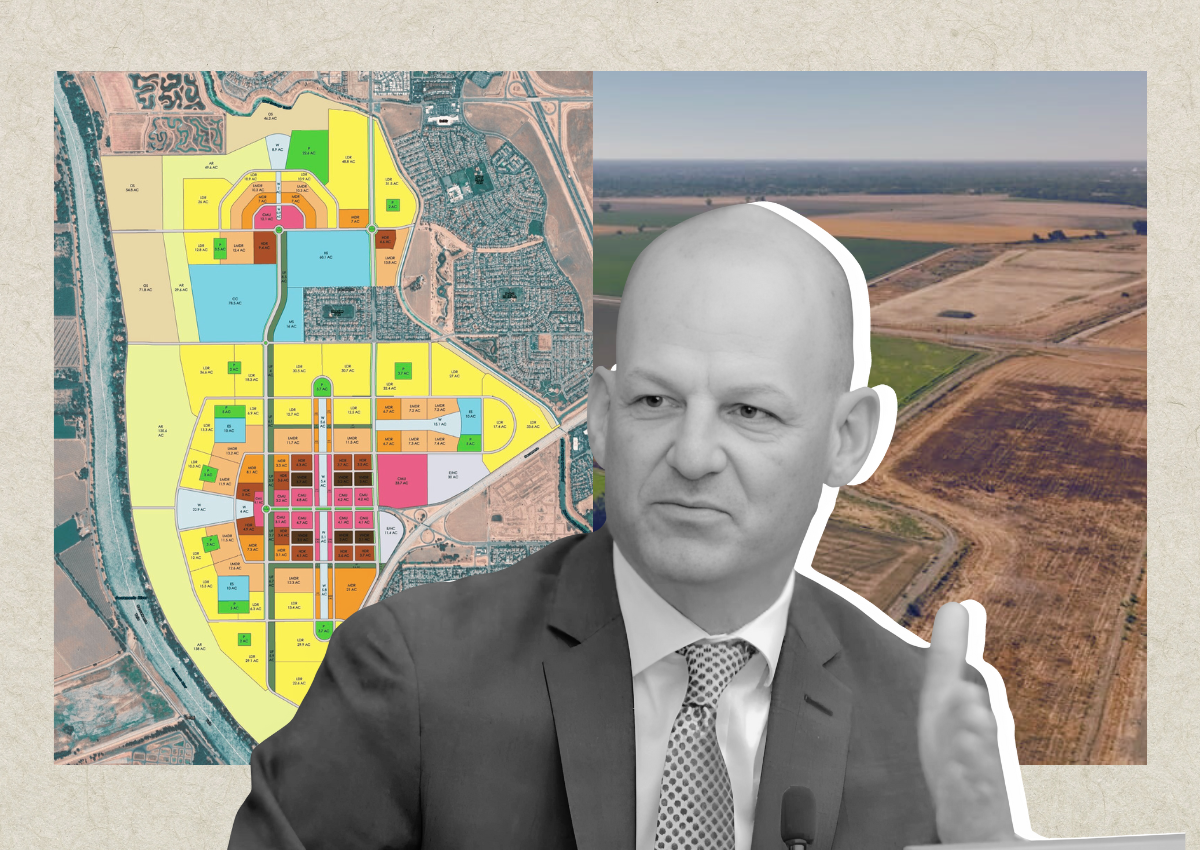
The Sacramento City Council has voted 8–1 to formally oppose Sacramento County’s Upper Westside Specific Plan, a 2,066-acre development proposal in the unincorporated Natomas Basin.
City staff say the project violates long-standing agreements and could disrupt the balance between growth and habitat conservation. The vote comes just a week before the County Board of Supervisors will decide whether to approve the plan.
Known locally as “the Boot,” Upper Westside would bring 9,356 homes, 3.1 million square feet of commercial space, schools, and parks for an estimated 25,000 residents. It also includes a 10-acre urban farm and 542 acres of open space and agricultural buffers along Garden Highway and the Sacramento River. The site is surrounded on three sides by the city and has been in agricultural use for decades under regional conservation agreements.
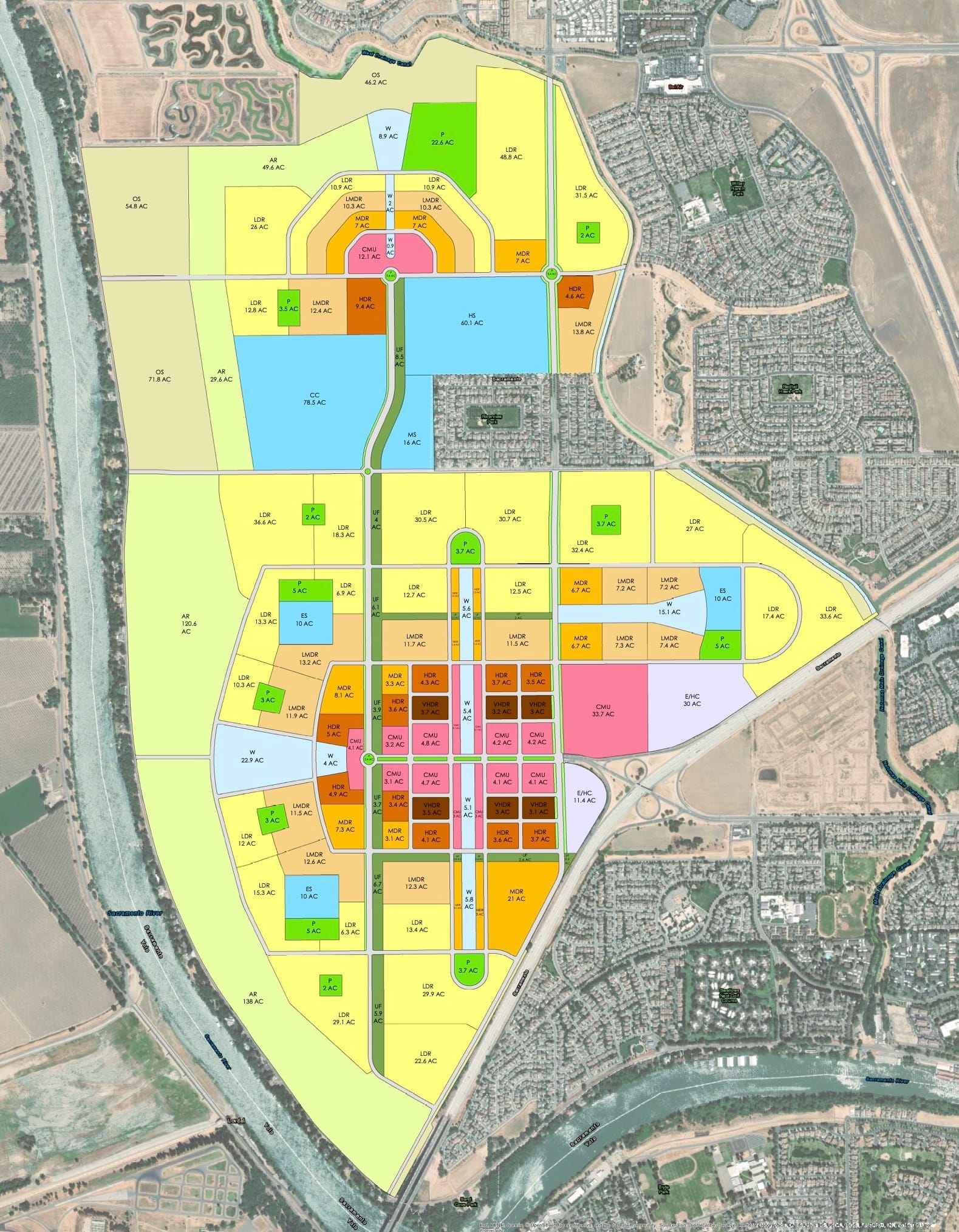
City leaders say the project conflicts with a 2002 memorandum of understanding between the city and county—part of the “Natomas Joint Vision”—which gives the city primary responsibility for planning new growth in Natomas, while the county focuses on preserving open space and rural land. In 2005, when the city did not advance any additional Natomas urbanization, the county, at the request of Natomas landowners, took a more active role in urbanization discussions.
“Contrary to the MOU, the County has assumed the role of approving urban development in the Natomas Basin instead of the role it agreed to,” Principal Planner Cheryle Hodge told the council.
Officials also argue the plan undermines the Natomas Basin Habitat Conservation Plan (NBHCP), which caps development in the basin at 17,500 acres to protect 22 threatened and endangered species. They say the project would add 1,524 acres of new urbanization outside that limit and shrink the required one-mile Swainson’s hawk habitat buffer to as little as 700 feet in some areas.
Upper Westside Plan Area Video.
In a 2024 comment letter to the county, city staff flagged additional concerns. They say the proposal assumes Sacramento will provide drinking water through the Sacramento County Water Agency, even though no agreement exists and city policy requires annexation before extending services. They also question the plan’s reliance on “fair share” contributions for major road upgrades inside city limits—such as I-5 and I-80 ramps—without full funding commitments. Other points of contention include providing only the state minimum of three acres of parkland per 1,000 residents, counting some land that lacks recreation amenities, and depending on city fire services under contract with the Natomas Fire Protection District without additional revenue.
The county, in its June 2025 Planning Commission staff report, concluded the project meets its growth management policies—primarily Land Use-119 and -120, which support expansions under LU-127—by offering a high-quality, mixed-use design paired with habitat preservation. LU-127 prohibits Urban Services Boundary expansions unless there is inadequate land within the existing boundary for 25-year urban demand and a master water plan is satisfied, or the proposal provides 'extraordinary environmental, social or economic benefits and opportunities to the County.' County planners say Upper Westside meets that standard with a range of housing types, including higher-density and affordable units, along with jobs, schools, and public amenities.
The plan features a central Town Center, connected bikeways and trails, and compact neighborhoods where 90 percent of residents would live within a 10-minute walk of schools, parks, or services. It would dedicate land for affordable housing, set aside sites for schools and a community college, and invest more than $900 million in backbone infrastructure through fees, assessments, and developer contributions. A fiscal analysis projects an $8.9 million annual surplus for the county’s General Fund at buildout, with dedicated funding for road maintenance.
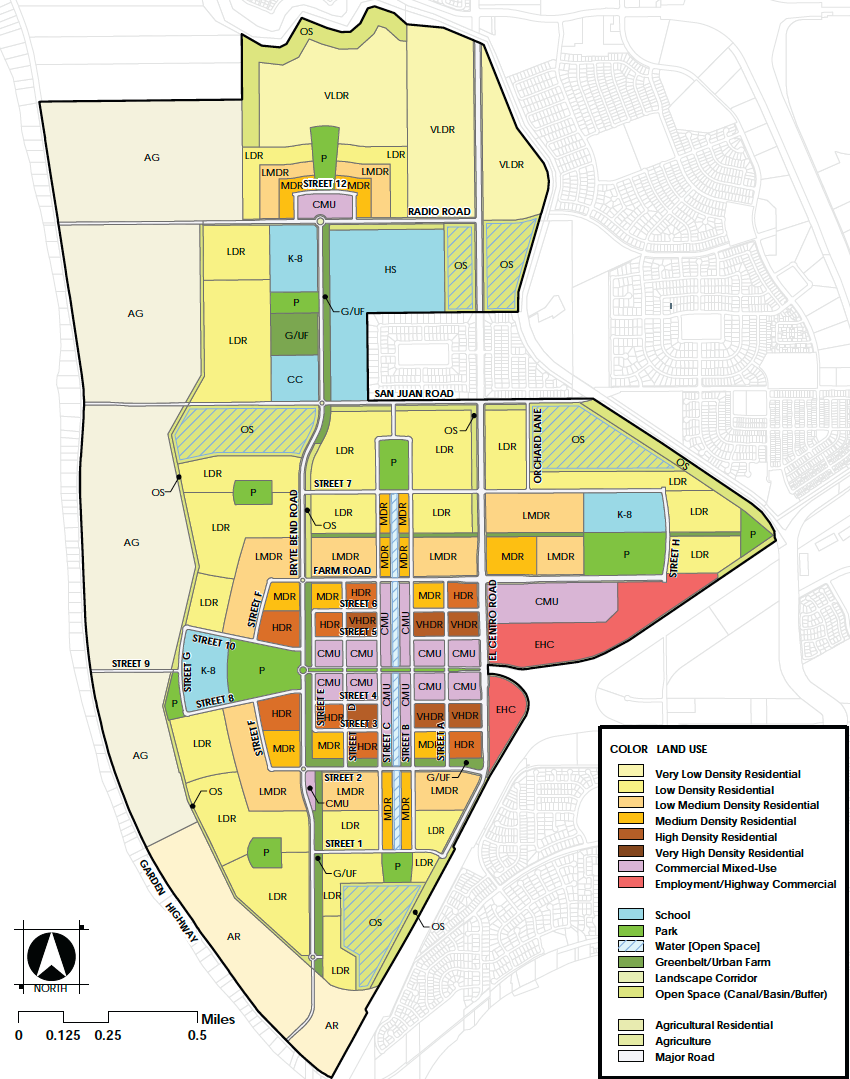
Public reaction at the council meeting was split. Supporters emphasized the region’s housing shortage. “My family owns land in the Boot,” one resident said. “There are some groups out there that will try to tell you this area is prime farmland, but in real life, it is not. We literally lose money every year.”
Council Member Phil Pluckebaum cast the lone dissenting vote against the opposition letter. “We’ve all heard lots of reasons to object to this project,” he said. “But there is one fundamental reason to support projects, and that is—we are vastly undersupplied for exactly this type of product.”
The County Planning Commission unanimously recommended approval of Upper Westside on June 23, 2025, after finding it met performance-based growth criteria. The Board of Supervisors is scheduled to vote on August 20.
If approved, Upper Westside would join two other pending proposals—GrandPark Southwest and GrandPark Trails—that together could push total urbanized acreage in the basin above the NBHCP development cap, an issue that could invite legal challenges.
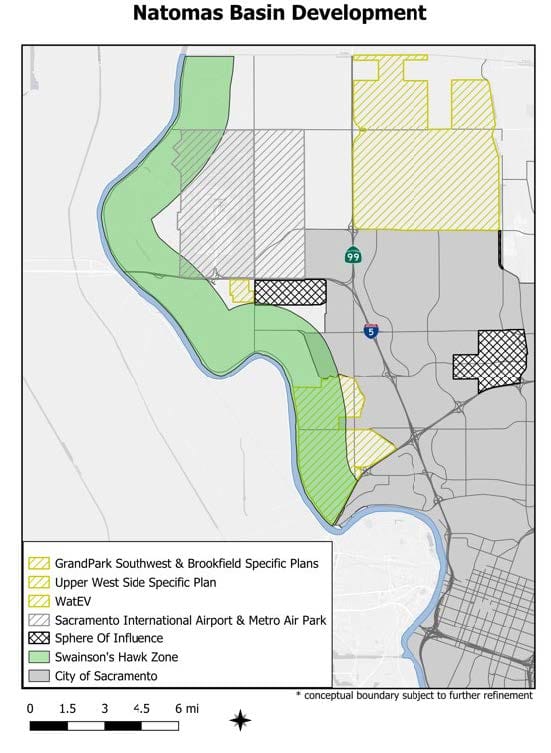
The council’s vote authorizes the mayor to send a formal opposition letter before next week’s hearing, though whether it will influence the county’s decision remains uncertain.


